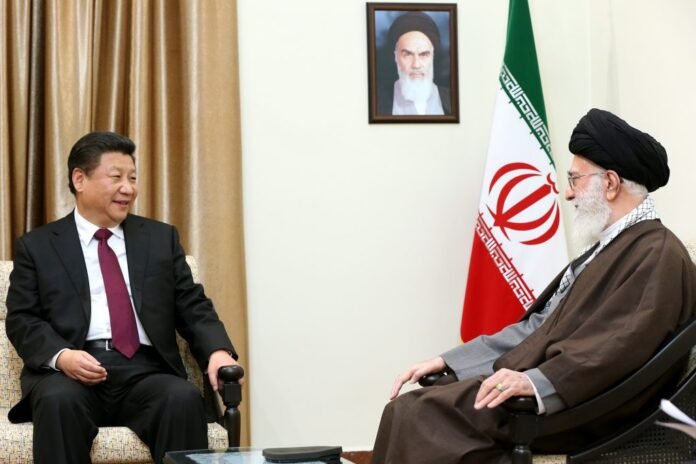Tel Aviv: Israel may minimise the cooperation between local academic institutes with their counterparts in China. This development comes after the emergence of clear signs that China and Iran are collaborating on the development of advanced weapon systems.
According two researchers from the Israel Institute for National Security Studies (INSS) Brigadier General (Res.) Assaf Orion and Jacob Sanchez, out of the 20,875 joint academic articles co-authored by Chinese and Iranian researchers and published in English between 2006 and 2025, a total of 753 were identified as collaborations specifically involving China’s “Seven Sons of National Defence” and Iranian universities, some of which are defence-linked. Naturally, many more joint articles exist between Iran’s defence-related institutions and China’s sprawling defence-related academia, beyond the Seven Sons universities.
“Among the 753 publications, our analysis identified Harbin Institute of Technology (HIT), Northwestern Polytechnical University (NWPU), and Nanjing University of Aeronautics and Astronautics (NUAA) as the three leading Chinese institutions involved. On the Iranian side, the University of Tehran, various branches of the Islamic Azad University network, and Amirkabir University of Technology were the top three contributors. Collaboration grew steadily across the past decade, with a sharp rise in annual co-authored publications during 2020–2021, peaking in 2022 before declining in subsequent years for reasons that remain unclear,” said the researchers.
Out of the 753 articles, 15 showed specific potential defence applications across four domains: Nuclear Engineering; Aerospace, Missile Propulsion, and UAVs; Naval Technologies: Submarines and Autonomous Underwater Vehicles (AUVs); and Cyber-Related Technologies. These examples indicate contributions to both China’s and Iran’s respective defence ecosystems, including advances in solid propellants; composite materials for aircraft, UAVs, and missile systems; stealth-enhancing naval propulsion; reactor thermal management; and cyber resilience tools for military systems. The technologies in question enhance performance, stability, or survivability capabilities highly relevant to modern defense platforms. Collectively, these 15 articles reveal a targeted pattern of collaboration in areas of strategic importance to both countries’ military-civil fusion and modernisation agendas.
This small sample of joint research papers demonstrates clear dual-use applicability. While not all studies are overtly military in nature, the military-civil fusion strategies pursued by both countries suggest that research co-authored by defence-related institutions is highly likely to support national and shared defence efforts. According to the researchers, dual-use scientific collaboration across defence-relevant fields carries potential risks for the national security of both the United States and Israel. This research underscores not only the growing technological cooperation between China and Iran but also the potential strategic alignment with other adversarial states such as Russia and North Korea—posing a broader challenge to Western allies in both Europe and the Indo-Pacific, they added.
American and Israeli academia should exercise increased caution in collaborations with such institutions, particularly where there is a high risk of military-civil fusion or involvement with sanctioned actors, the researchers emphasised.
-The writer is an Israel-based freelance journalist. The views expressed are of the writer and do not necessarily reflect the views of Raksha Anirveda





